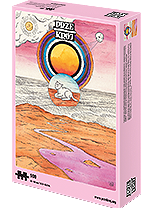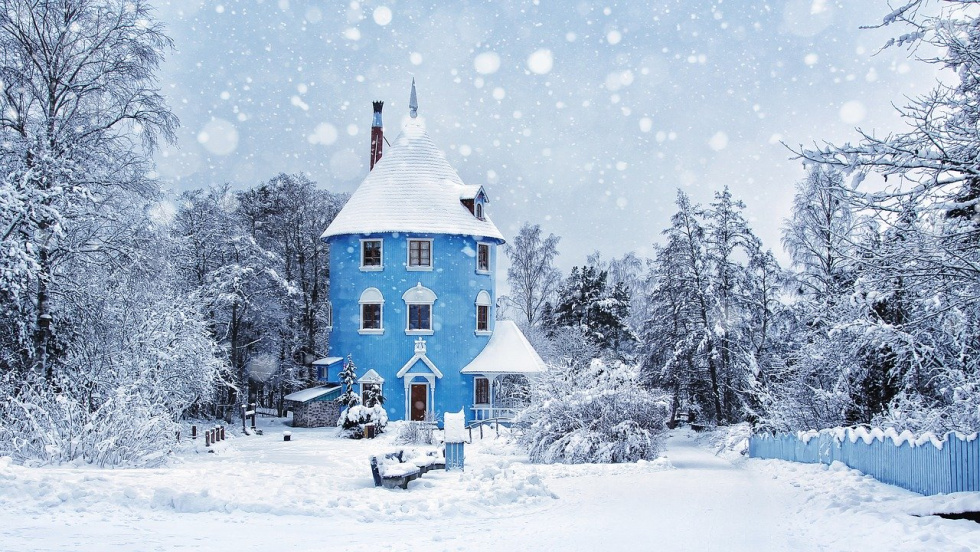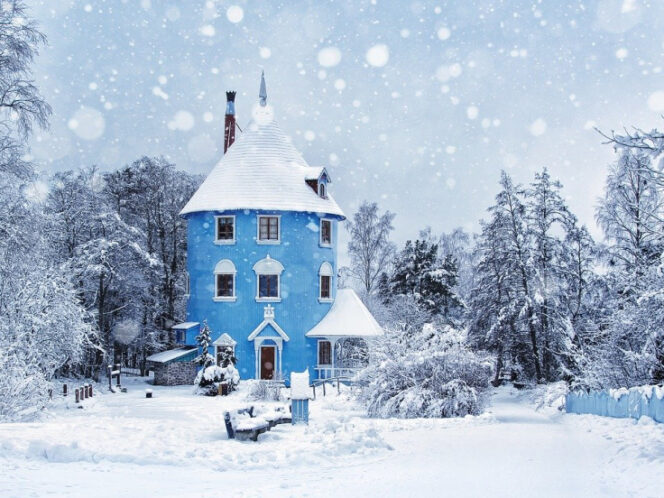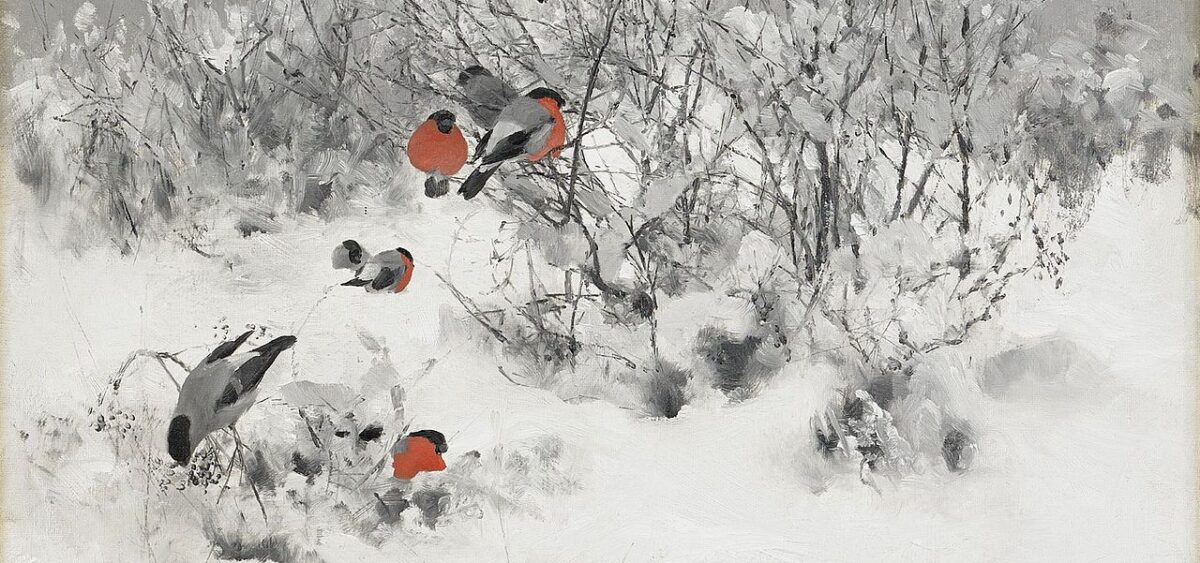
If anyone still doubts that stories about Moomins can be read as philosophical texts – important for children, but perhaps more important for adults – they should read the final book in the series. Moominvalley in November is a beautiful treatise about the struggle between light and darkness that is taking place in nature and within us right now.
Some devoted Tove Jansson readers might not enjoy this book, because the Moomins are actually absent from the story. The author erased them almost completely – not only from the narrative, but also from the original Swedish title, Sent i november. This is actually the only title in the series that does not contain these warmer words: Mumintrollet, Muminpappan; nor does it refer directly to any living creature. The title sounds alien, more serious than the titles of other parts of the series. And this is exactly what the book is like.
The Moomin family is not there, because they are staying in a lighthouse on the uninhabited island to which they sailed in the previous novel (Moominpappa at Sea). However, their deserted home is soon full of various characters that want to soak up the atmosphere of openness and kindness generated by the Moomins. Remembering this warmth, the Hemulen, Fillyjonk, Mymble, Toft, Grandpa-Grumble arrive








